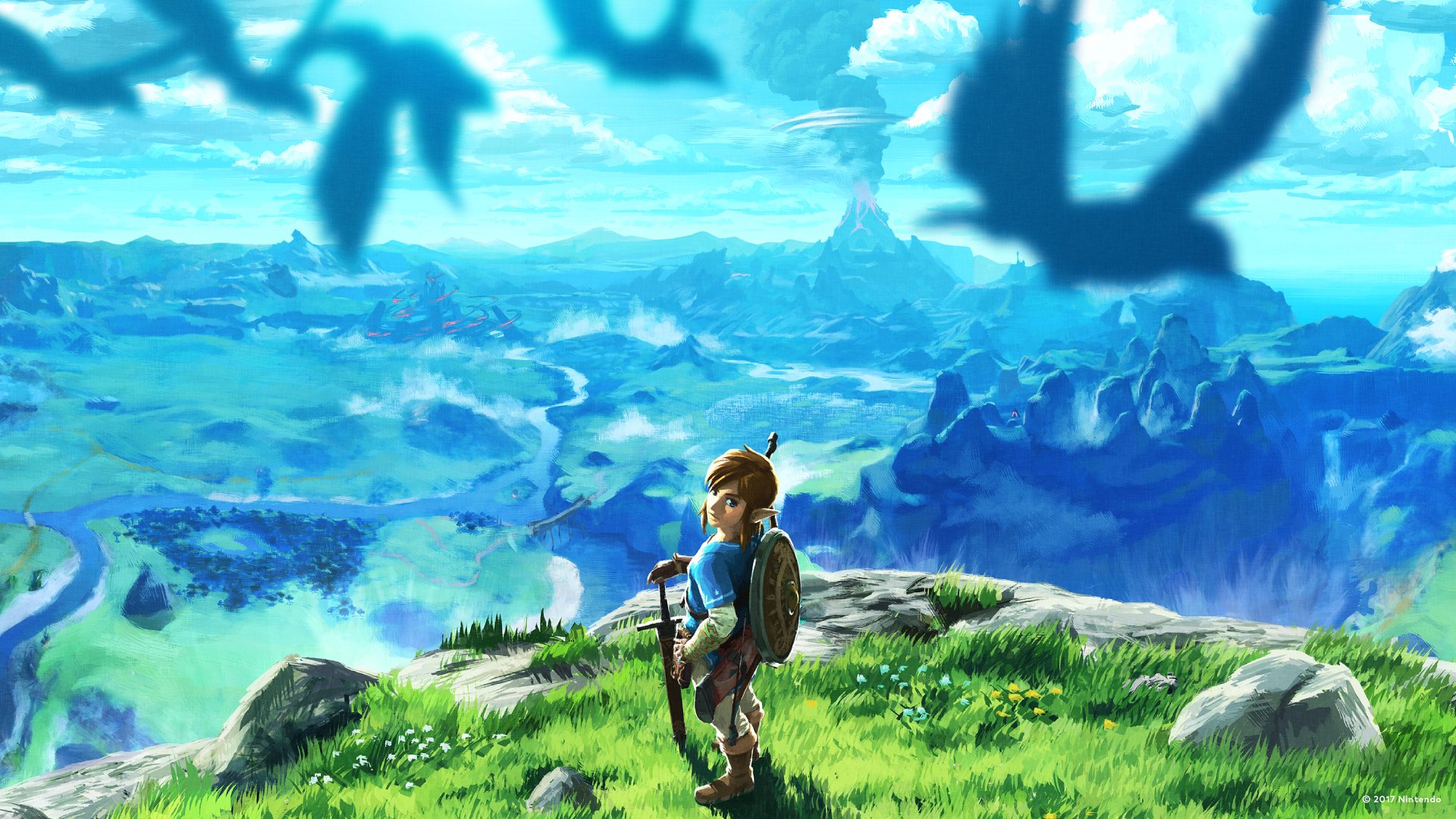Note: This review will be covering the specific changes and additions made to the Nintendo Switch 2 Edition of the game. If you want to know more about the gameplay and our overall impressions of the game, check out our original review of the game here!
The Legend of Zelda: Breath of the Wild needs no introduction. Widely regarded as one of the greatest video games of all time, it shook the video gaming industry in a way that few others have before, or since. Many open world titles to follow in its wake have been held up against it, and most have been found wanting in some way or another. The idea of an upgraded and improved version of the game was first hinted at during Gamescom 2023, where it was supposedly shown off behind closed doors. Whether this was true or not, the idea has now become a reality, as the game explodes onto Switch 2 at launch with 4K support and a solid 60FPS. Eight years later, can the game still hold its own?
Originally developed for the Wii U, and releasing on that system alongside the Switch, Breath of the Wild was an ambitious title that pushed Nintendo’s newest hardware to its absolute limits, and at times it simply couldn’t meet the demands placed on it by the game’s scope. Despite its overwhelming critical success, Breath of the Wild wasn’t without its share of problems, and experienced some jarring framerate drops in certain areas. However, with the Nintendo Switch 2’s more powerful hardware, these are no longer an issue, and the game runs at a rock-solid 60FPS throughout, resulting in a much smoother and more pleasant experience. Loading times have also noticeably improved, with teleportation between most shrines being approximately five seconds, and the game boots up incredibly quickly.
The improved resolution for this version also means a nice visual upgrade. Draw distance is much more impressive, which is especially impactful from the top of one of the Sheikah Towers, and the world of Hyrule is additionally filled with hills and vistas that give you a good look at what lies ahead. The addition of HDR perfectly complements the distinct aesthetic of Breath of the Wild’s visuals, making everything appear much more vibrant: spectacular bomb explosions, the satisfying spark of weapons felling foes (or as is often the case, shattering into pieces) and the oppressive gloom of the Blood Moon, are all notably more striking in handheld, and if you happen to have TV capable of 4K output then you’re in for a treat. Certain textures (particularly foliage, blobs of blight in and around Hyrule Castle, and some of the larger rocks and cliffs) have aged slightly, but these are minor complaints that do little to detract from the overall improvements to the game’s visual quality.
From a gameplay perspective little has changed beyond more fluid combat animations and traversal thanks to the improved framerate, although the inclusion of a second save slot is a welcome surprise for returning players who may want to experience the game afresh without losing the hours they’ve already put into their existing file. If you didn’t enjoy Breath of the Wild the first time around, unless this was solely due to performance issues in specific areas, then there is nothing new here that will change your mind.
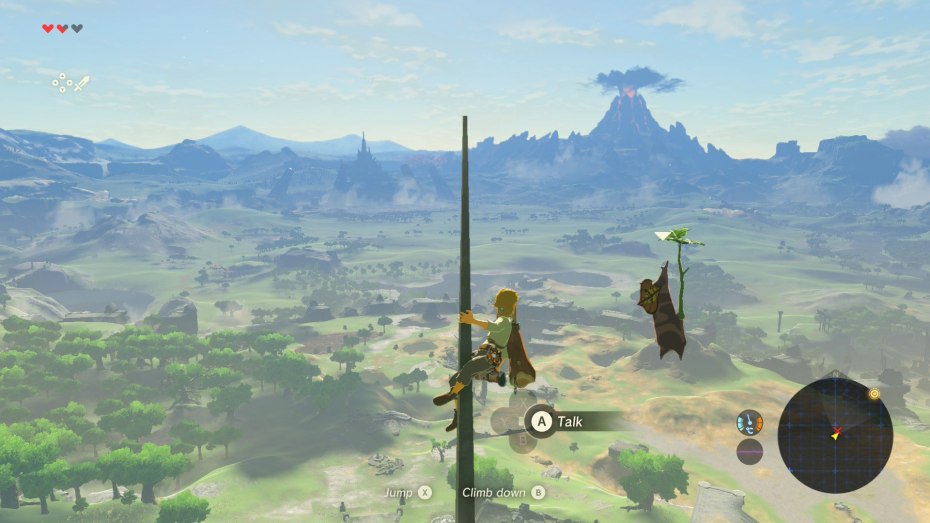
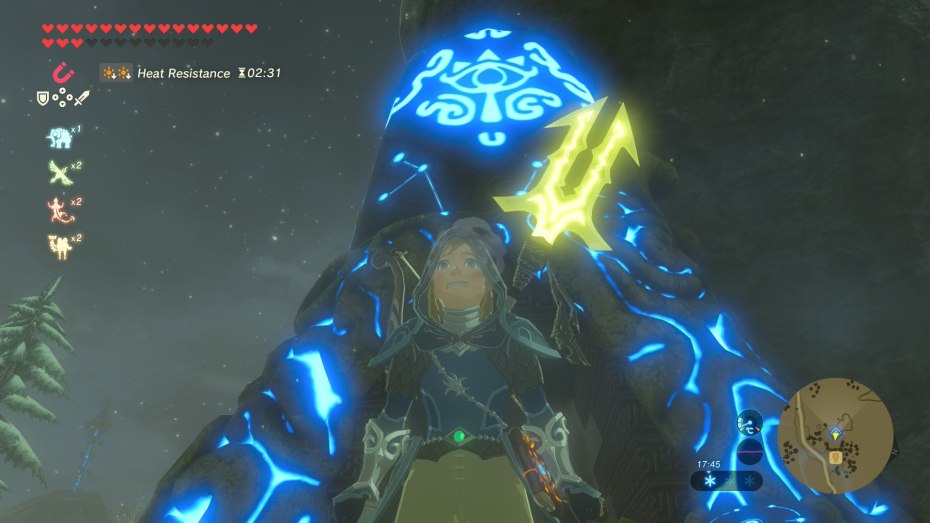
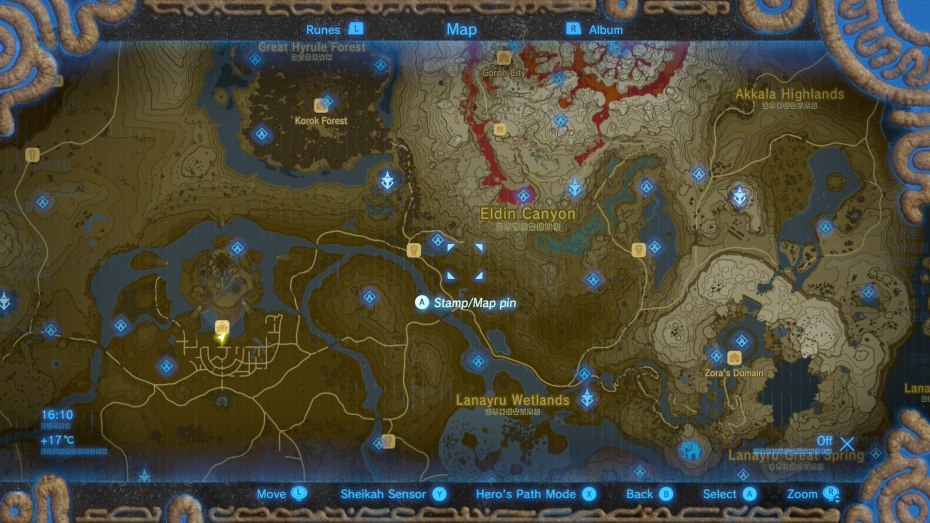

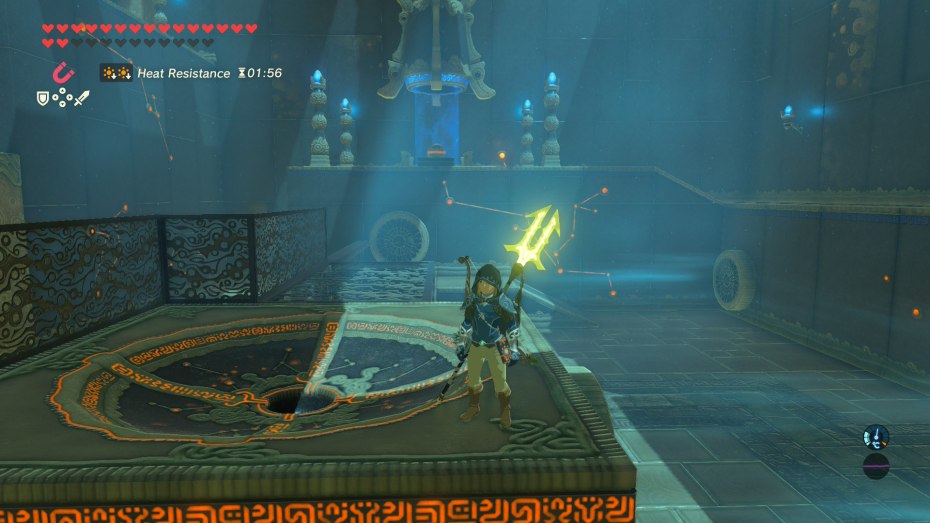
The majority of the new content for the Switch 2 Edition of The Legend of Zelda: Breath of the Wild is contained within the Zelda Notes app. Hidden away in the Nintendo Switch app, there is a surprising amount of utility packed away inside here, and although many may find this distasteful, overall it makes the game a much more accessible experience.
Voice Memories are the highlight here, and what will likely interest most players. Stumbling across particular landmarks in the game will prompt a short voice clip to play, narrated by Patricia Summerset, the voice of Princess Zelda. They add nothing of particular significance to the game’s story, but help to provide a little context and depth to the world, and give Zelda a little additional presence and personality in her absence throughout the game. Some clear thought and care has been put into these, and with 135 to find, there’s quite a bit of new content here to unearth.
Also included is Navigation, which is a detailed map of Hyrule that tracks your location in-game and will show you nearby points of interest, including the aforementioned Voice Memories, Korok seed locations, and Shrines. Icons can be customised individually to suit your preference, so if you’d prefer to discover some things naturally then the option is there, and you can also have icons disappear from view once you’ve found them. This is an excellent quality-of-life feature that makes the game far more accessible, and will be invaluable to completionists looking to find those last few Korok seeds.
There are some other smaller benefits to using the app, including a Daily Bonus function for small in-game benefits, and the ability to re-use your amiibo once a day. There is a clear emphasis on making the game a more social experience, as the option to share items and photos is also included. Zelda Notes also tracks your Play Data and awards Medals for specific things that you’ve achieved in the game. It’s an interesting feature, but it lacks the variety of what you might expect to see in an achievement or trophy list for a game on another system. The medal unlock conditions are composed entirely of busywork (number of shrines completed, enemies defeated, hours played, etc.) and it’s disappointing that the opportunity for a more varied and creative list was missed here; medals tied to defeating enemies in specific ways, or taking photos, could have made the feature much more engaging.
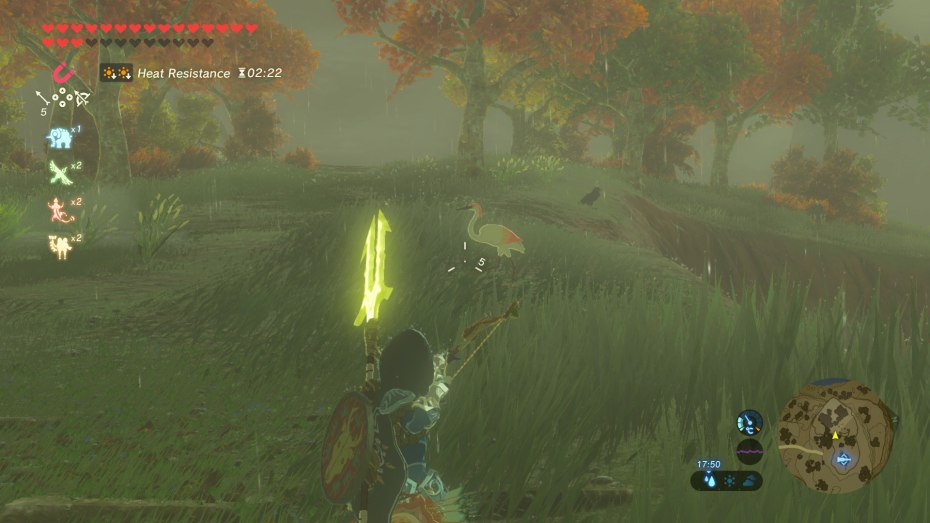

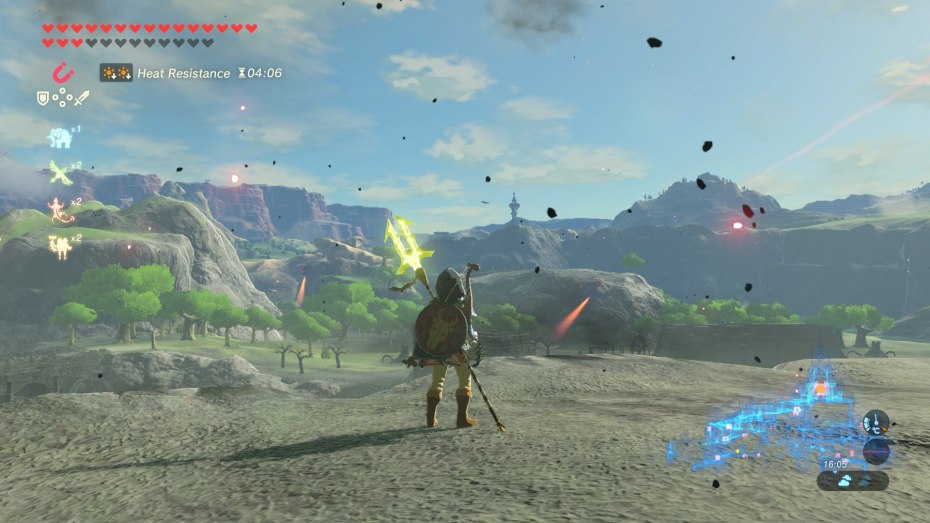
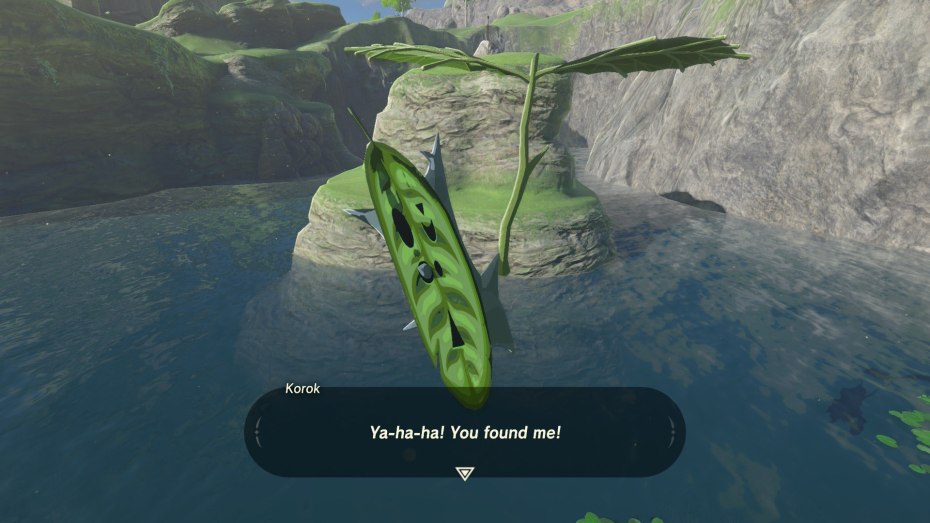
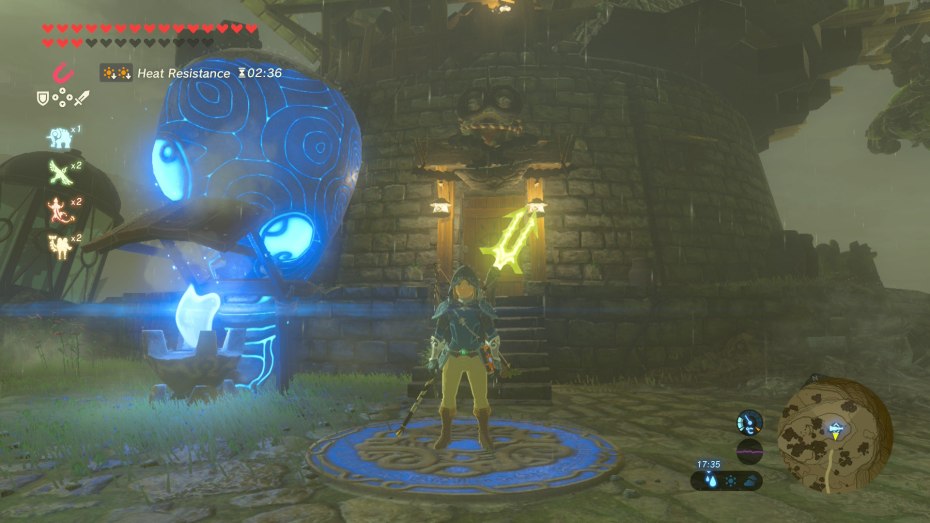
Although the features included in Zelda Notes are incredibly useful, it’s disappointing that they weren’t incorporated into the game itself without the need to rely upon an app on a separate device. Having the information on an independent screen does mean that you don’t need to constantly enter and exit menus, maximising your time spent actually in the game, but some may find it distracting to need to constantly examine their smartphone or tablet, and there seems to be little reason why the Voice Memories in particular (which are likely to be what many will be most interested in) couldn’t be included as part of the in-game Hyrule Compendium.
You have a few options for purchasing the Nintendo Switch 2 Edition of Breath of the Wild: it is available in full both physically and digitally, and a separate upgrade pack can be purchased digitally if you already own the Switch version of the game. The upgrade pack can also be downloaded for free as long as you have a Nintendo Switch Online + Expansion Pack membership. It is worth noting that the content of the DLC Expansion Pass is not included with any version and still needs to be purchased separately.
The Legend of Zelda: Breath of the Wild was one of the most defining games of the Nintendo Switch’s lifespan, but on the Nintendo Switch 2 it finally realises its full potential, as all performance issues have been removed by the more powerful hardware. Some slightly aged visuals do nothing to detract from the captivating open world design, which has been made all the more accessible by the Zelda Notes app. Whether you’ve played Breath of the Wild before now or not, this is undeniably the best way to experience one of the most influential video games of the last decade.
10/10
